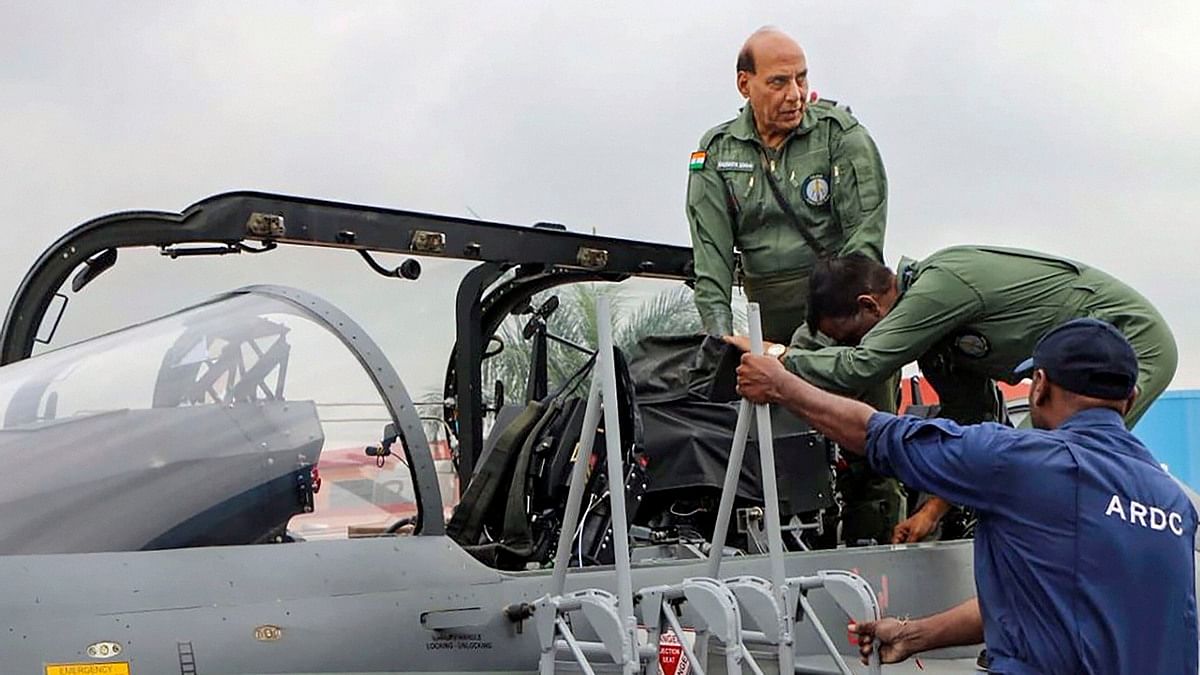SOURCE: AFI

As Rajnath Singh, the current Defence Minister of India, turns 73 this year, the conversation around his effectiveness and the future direction of the ministry gains renewed focus. Singh’s tenure has been a mixed bag, with several achievements and notable criticisms. In particular, comparisons with his predecessor, Manohar Parrikar, highlight areas where some believe Singh’s leadership has fallen short.
Manohar Parrikar, who served as Defence Minister from 2014 to 2017, is often credited with initiating significant reforms and promoting the Indianization of the defence sector. Parrikar’s approach endeared him to both public and private defence companies in India, as well as to defence analysts and researchers. His tenure was marked by a push for self-reliance and modernization, setting ambitious targets for the Defence Research and Development Organisation (DRDO) and upgrading government defence Public Sector Undertakings (PSUs).
While Rajnath Singh has maintained a steady hand at the helm, critics argue that he has not built on the momentum generated by Parrikar. Several key reforms initiated by Parrikar appear to have stalled. The reorganization of the DRDO, crucial for enhancing India’s defence capabilities, remains incomplete. Upgrading defence PSUs, vital for modernizing the country’s military infrastructure, also seems to have slowed down.
The Defence Minister is typically regarded as the third most important figure in the Cabinet, underscoring the significance of this position. With the Bharatiya Janata Party (BJP) failing to secure an absolute majority in the recent elections, the role of Defence Minister becomes even more critical. Close allies of the BJP are likely to push for a more dynamic and reform-minded individual in this role to ensure robust defence policies and strategic initiatives.
To advance stalled projects like the Multi-Role Fighter Aircraft (MRFA) deal and the Project-75I submarine program, the BJP needs a Defence Minister capable of making quick and decisive decisions. This requires a leader with a vision similar to Parrikar’s, someone who can think outside the box and drive reforms to completion.
Another pressing issue is the Agniveer scheme, which has faced scrutiny after the BJP’s electoral losses in Uttar Pradesh—a state that supplies a significant number of soldiers to the Indian Army. The plan to increase retention rates from 25% to 50% is under consideration and could be a game-changer for the scheme. Implementing such changes effectively will require strong leadership within the Defence Ministry.
As Rajnath Singh turns 73, the question remains whether he will continue to lead the Defence Ministry or if the BJP will appoint a new figure to this critical role. The next Defence Minister will need to navigate complex challenges, push forward with overdue reforms, and reinvigorate India’s defence capabilities. The BJP’s ability to install a decisive, innovative, and reform-oriented Defence Minister could significantly impact the country’s military readiness and strategic position in the years to come.